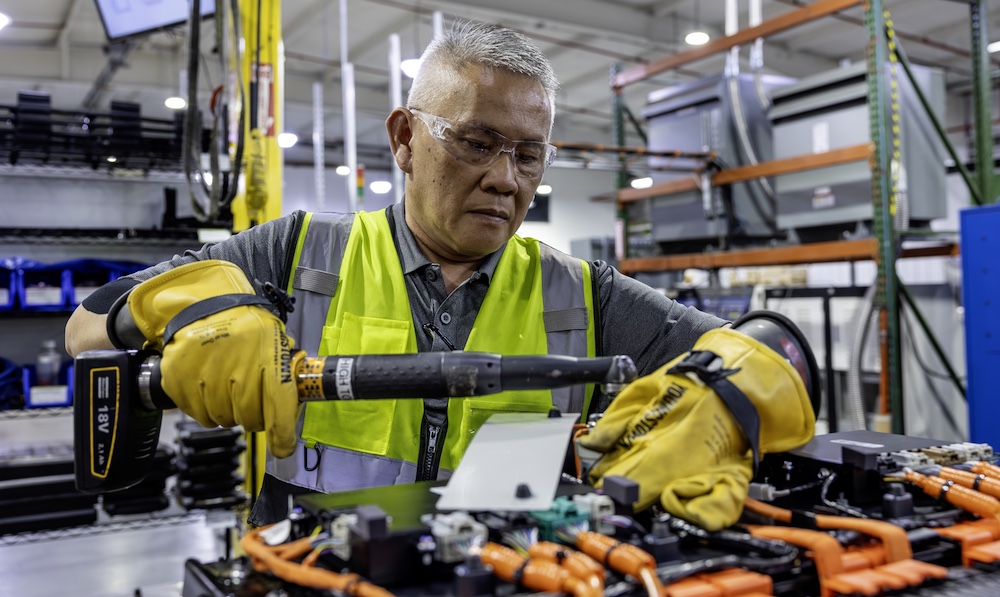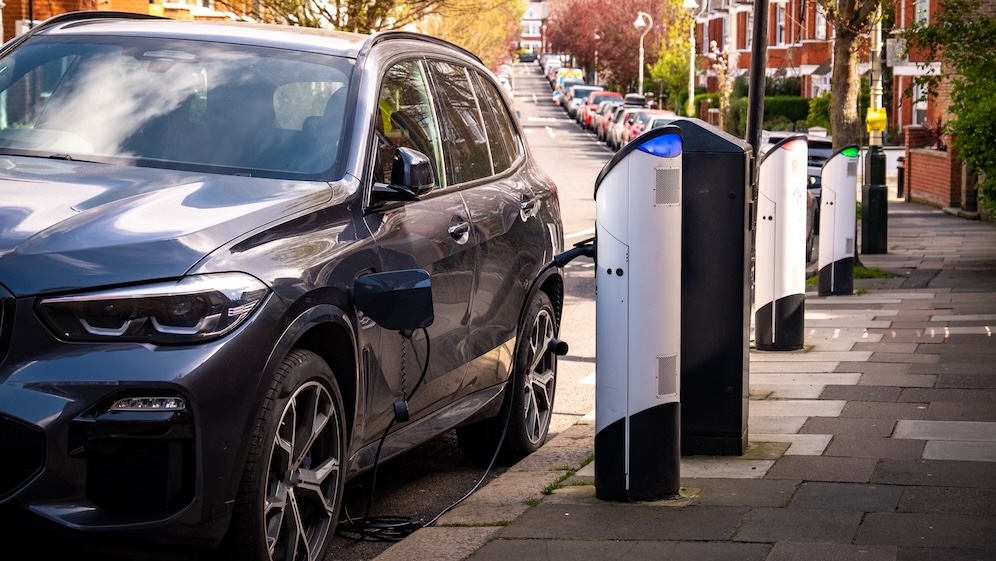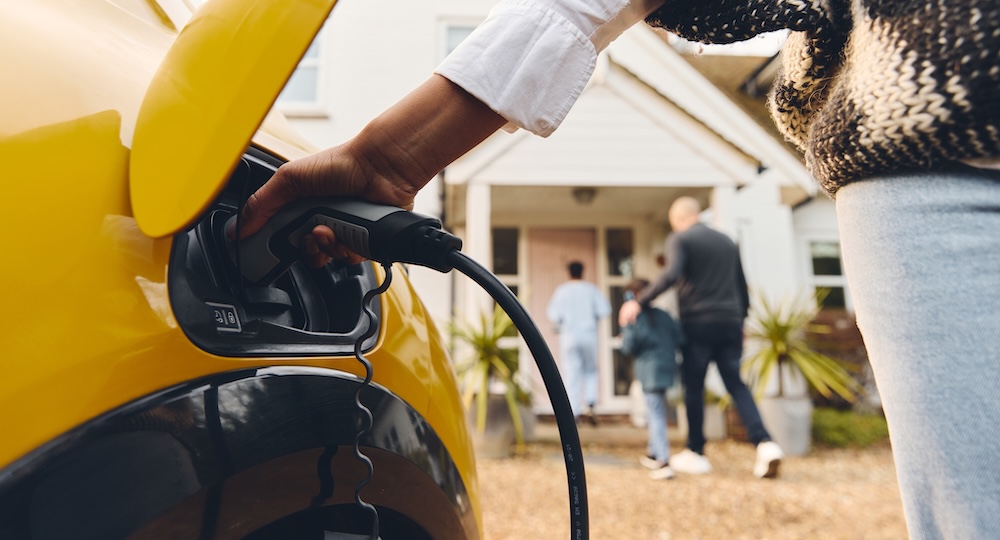The EV battery lifecycle explained. From repairs, to second life and disposal
Understanding the EV battery lifecycle can help you make better decisions when it comes to choosing your vehicle, lowering the cost of ownership and minimising your environmental impact.
Despite many misconceptions about electric vehicle (EV) battery waste and sustainability , EV battery recycling, repair and reuse continues to advance as we develop more efficient recycling methods and new battery technologies.
In fact, there’s plenty more to the life of an EV battery than the time it spends powering your vehicle. EV batteries are increasingly used for other applications beyond keeping your car on the road, like powering homes.
From manufacturing and installation to being repaired, reused and recycled, EV batteries last a long time both in your vehicle and beyond.
What is the EV battery lifecycle?
We can look at the EV battery lifecycle in five battery lifecycle stages: production, use in EV, repair, second life and recycling.
EV battery production
Raw materials like lithium, nickel and cobalt are used to make battery parts called cells, that are connected together into larger modules and then a sealed battery pack.
Battery production is a high energy process, and overall EV production is estimated to generate up to 40% higher emissions than production of petrol or diesel vehicles, however, this is offset during the vehicle’s life due to producing zero tailpipe emissions.
EV battery use
Modern EV batteries are expected to power a car for over 15 years, or up to around 124,000 miles – at least as long as a petrol or diesel car, and generally longer than the life of the car itself.
An EV usually features a battery monitoring system that helps protect the battery to extend its lifespan. You can help by keeping rapid charging to a minimum , but eventually the battery capacity (how much energy the battery can store and discharge) will decrease slowly over time.
EV battery repair
If the car experiences a greater than expected drop in range or if the battery develops a fault, repair is the next stage for the battery to either prolong its use in an EV or to make it suitable to move onto a new purpose. It’s commonly (and incorrectly) believed that EV batteries can’t be repaired – but more on this later.
Second life for EV batteries
When a battery no longer has the storage capacity to power an electric vehicle, it’s components can be repurposed to be used in other energy storage systems, such as those used in buildings or at charging stations. They can balance the power grid, provide backup power and store solar power – extending the life of the components already in use and contributing to making EV batteries sustainable.
EV battery disposal and recycling
At the end of their useful life, EV batteries can be safely recycled to recapture the raw materials for reuse in future battery production or similar systems. This contributes to building a circular economy.
Recovered materials include lithium, nickel and cobalt, the materials used to make new batteries – minimising waste, lowering demand for mining and reducing carbon footprint.
Can EV batteries be repaired?
EV batteries are expensive, often costing between £5,000 and £10,000 or more to replace, so you may be wondering if instead of replacement, can EV batteries be repaired?
While EV battery faults are rare, most common faults don’t lead to total failure of the battery and are often due to one small component within the battery. These can often be repaired by specialist technicians depending on the type of issue.
Before taking your battery for repairs, check with your car manufacturer to see if the repair falls under the warranty. You’ll be able to see if there are any repair requirements specified to ensure your warranty is valid (for example, manufacturers may specify repairs are carried out at one of their approved garages).
You can also take action to help extend the lifespan of your EV battery and minimise the risk of repair requirement, including carrying out regular EV servicing and maintenance, and avoiding frequent rapid charging sessions.
What happens at the end of an EV battery’s life?
There are a few common myths around EV battery disposal, particularly that they end up in landfill, which isn’t the case. Most batteries, once they can no longer be reused or repurposed, are collected and safely stored before undergoing materials recovery and responsible recycling. In fact, up to 97% of the battery can usually be recycled.
Closed-loop recycling of EV batteries
A closed-loop recycling system for electric vehicle batteries is a key part of the EV industry’s contribution to a circular economy. This closed-loop system reduces demands on mining new raw materials, making steps towards more sustainable EV batteries. ‘Closed-loop’ systems refers to the EV batteries being recycled back into batteries.
At the moment, battery repurposing is preferred as recycling is energy intensive, and should be the last resort when the battery is no longer functional or suited to an alternative use.
The future of EV battery lifecycle management
Despite an estimated 40% higher emissions at the stage of production, over its whole lifetime EVs are estimated to have 73% lower emissions than petrol or diesel vehicles.
Development in efficient EV battery recycling is critical for supporting sustainability, particularly as EV adoption rates continue to rise and there’ll be more EV batteries to dispose of in the future.
In fact, battery technology is key when it comes to improving EVs and sustainable mobility. There’s a lot of exciting innovation, backed by government and manufacturer investment, already underway when it comes to EV batteries and how they can be part of the journey to a circular economy. With the latest research and development here in the UK, we’re already well on the way – full battery circularity has been achieved.
Scientists and engineers are also looking at how recycling can support the supply chain as battery demand increases, and that’s not just EV battery recycling. In 2019, the UK car-and-van fleet held over 1,400 metric tonnes of lithium and 800 metric tonnes of cobalt – if recycled, that’s enough for around 220,000 EV batteries.
Second-life batteries innovations also continue, as we find new ways to reuse batteries and extend their useful life. And let’s not forget, EV battery repair plays a significant role in extending the usable life of the battery in the EV itself.
Conclusion: The EV battery lifecycle
The EV battery lifecycle goes through many intricate stages, from production and use to life after your car.
Despite high production emissions, EV batteries are designed for long, sustainable lifecycles thanks to constantly improving repair, reuse and recycling processes.
It’s an exciting time to be a scientist, researcher or engineer in the EV battery space. They’re working tirelessly to improve the lifecycle of EV batteries and make something that’s the most sustainable choice for all.
To learn more about electric vehicles and their sustainability credentials, visit our EV Hub.
FAQ: Your EV battery lifecycle questions answered
Can EV batteries be repaired?
Yes, EV batteries can be repaired by specialist technicians. They’ll run diagnostic testing and carry out the maintenance you need. Always check with your car manufacturer whether repair falls under your battery’s warranty. Your manufacturer may have repair requirements specified to ensure your warranty is valid (for example, some might say repairs have to be carried out at one of their approved garages).
How long do EV batteries last before recycling?
EV batteries can last between for well over 15 years or 120,000+ miles in a car before they reach a state that’s unsuitable for use in a vehicle. At the end of it’s life, up to 97% of the batteries materials can be recovered through recycling processes. Before recycling, battery components can be repurposed into other energy storage systems such as those used in buildings – if appropriate.
What happens to EV batteries when they can’t be used anymore?
When your EV battery can’t be used in a car anymore, there are a number of things that can happen. It may go onto to power buildings or houses, or be subject to responsible recycling; in other words, materials will be safely extracted from the battery and be used to create new ones.
Are EV batteries bad for the environment?
While EV battery production has high emissions, these are offset after just one to two years of using your EV. EV recycling is still not very energy efficient, so battery refurbishment and remanufacturing is the best way to make sure your EV battery does minimal damage to the environment in its later life.








